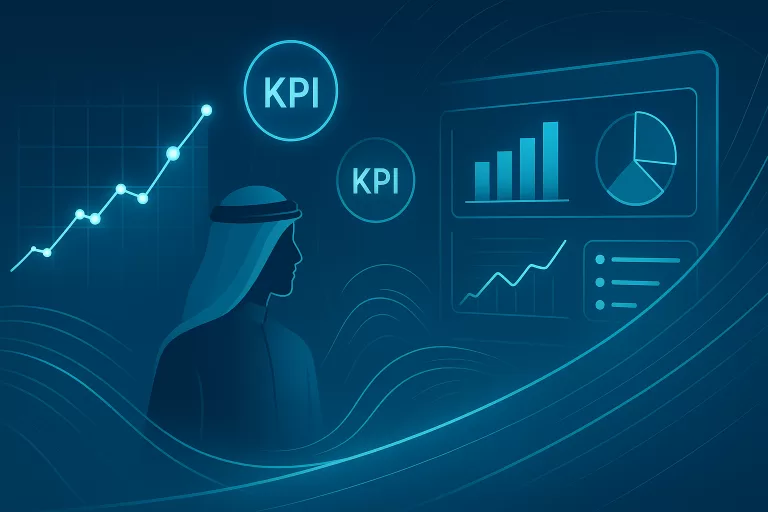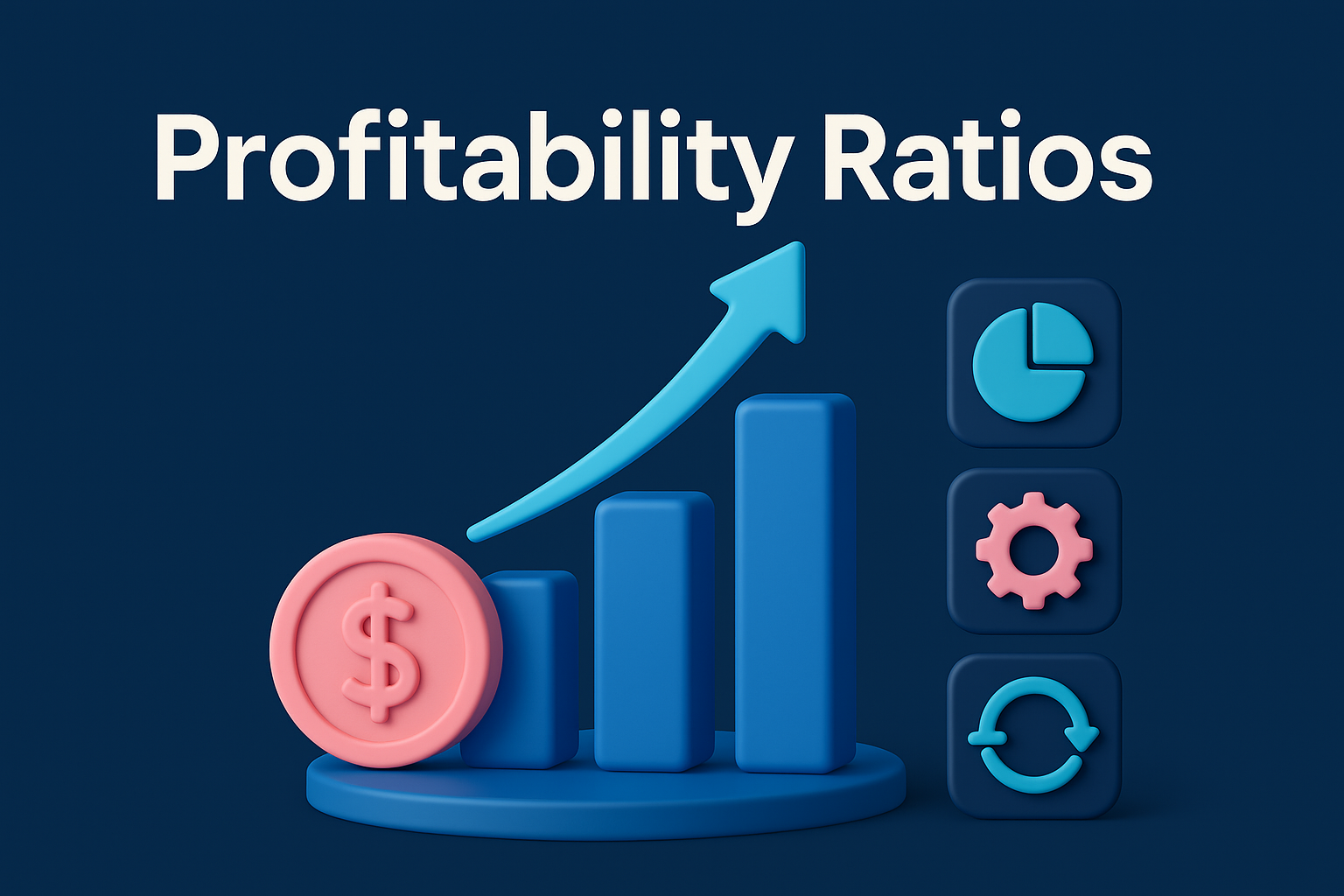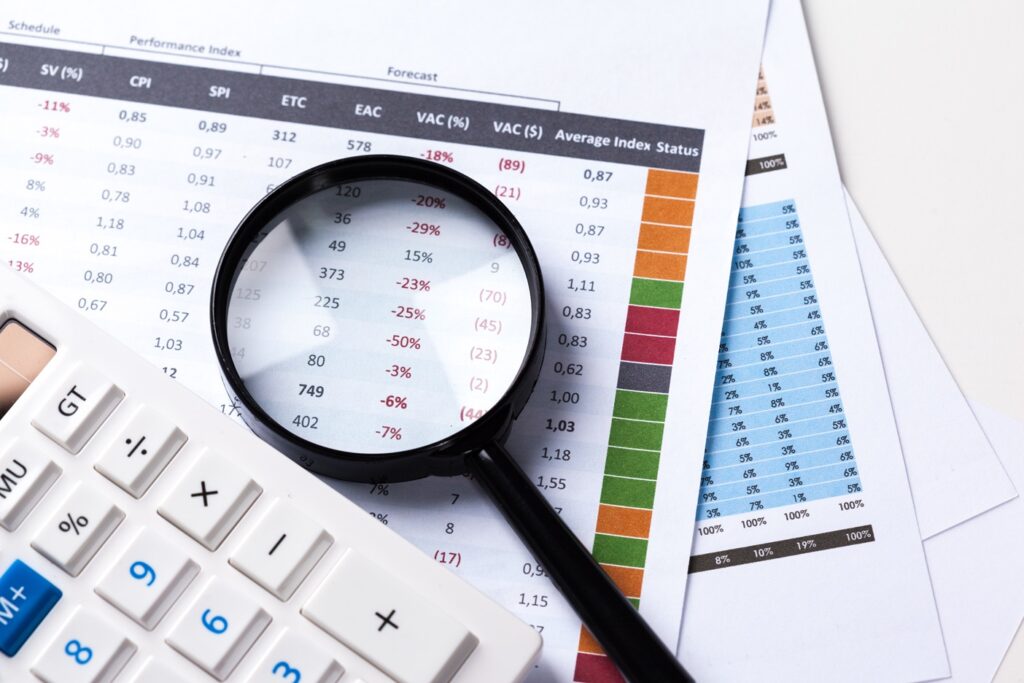Introduction
In a world where events accelerate and challenges multiply, the success of companies is no longer tied only to capital or human resources. It is increasingly defined by the ability to read, interpret, and transform data into actionable decisions. This is where data analysis systems for companies become the backbone of any institution seeking sustainability and excellence in today’s competitive environment.
Data is the new oil, but like crude oil, it has no real value until refined. Data analysis systems are the refinery that makes data usable, the lens that reveals patterns, opportunities, and risks.
What Are Data Analysis Systems for Companies?
Data analysis systems are a set of tools and methodologies that enable companies to:
-
Collect data from various sources: finance, operations, marketing, HR.
-
Clean and process it to ensure accuracy and remove errors or duplication.
-
Visualize it through dashboards and reports.
-
Identify patterns and generate predictive insights to support decision-making.
In other words, they transform digital chaos into actionable knowledge.
Why Do Companies Need Data Analysis Systems?
1. From Intuition to Certainty
In the past, decisions were based on experience and intuition. Today, data provides a precise compass that guides companies beyond guesswork.
2. Boosting Operational Efficiency
Analysis highlights inefficiencies and waste, helping organizations restructure processes and cut costs.
3. Anticipating the Future
With predictive models, businesses can foresee market trends or potential crises and prepare for them in advance.
4. Strengthening Competitiveness
The company that understands its data faster is the one that seizes opportunities first.
Core Components of Data Analysis Systems
1. Databases
The repositories where information is stored: customers, invoices, sales, inventory.
2. ETL (Extract, Transform, Load) Tools
These pull data from multiple sources and unify it into a format ready for analysis.
3. Analytical Engines
Advanced algorithms and statistical models that reveal hidden relationships and trends.
4. Visualization Tools
Dashboards and charts that make information understandable and easy to track.
Practical Applications of Data Analysis Systems
1. Financial Analysis
-
Comparing budgets with actual outcomes.
-
Monitoring cash flows.
-
Identifying the profitability of products and services.
2. Customer Behavior Analysis
-
Understanding buying patterns.
-
Segmenting customers into precise categories.
-
Forecasting future demand.
3. Operational Improvement
-
Tracking production line performance.
-
Reducing downtime and waste.
-
Optimizing supply chain management.
4. Strategic Decision Support
-
Simulating “what if” scenarios.
-
Setting investment priorities.
-
Building long-term, data-driven strategies.
Data Analysis vs. Business Intelligence
-
Data Analysis: Focuses on the technical and statistical side.
-
Business Intelligence (BI): Translates the analysis into dashboards and actionable strategies.
Together, they form the thinking brain of a company.
Challenges Companies Face
-
Data Quality: Poor data leads to misleading insights.
-
Resistance to Change: Employees may resist abandoning traditional methods.
-
Cost: Initial investments can be high, but long-term returns outweigh them.
-
Talent Gap: The shortage of qualified data experts limits optimal implementation.
The Future of Data Analysis Systems
-
AI and Machine Learning: Future systems will not only analyze but also recommend and automate decisions.
-
Real-time Analytics: Decisions will rely on live, up-to-the-moment data.
-
Internet of Things (IoT): Device and sensor data will become integral to analysis.
-
Advanced Predictive Analytics: Anticipating behaviors and market trends before they emerge.
Frequently Asked Questions (FAQ)
1. Are data analysis systems suitable for small businesses?
Yes, cloud-based solutions make them affordable and scalable.
2. What’s the difference between accounting software and data analysis systems?
Accounting software records transactions, while analysis systems extract strategic insights.
3. Can these systems replace managerial experience?
No, they complement leadership expertise by reducing risks and improving decision quality.
4. Is one-time implementation enough?
No, analysis must be continuous throughout the company’s lifecycle.
Mozon EagleEye: A Practical Application
Everything discussed so far comes to life in the Mozon Data Monitoring and Analysis System (EagleEye). It is more than software—it is a digital advisor that provides decision-makers with the right information at the right time.
Key Features:
-
Accurate monitoring of KPIs to track progress toward strategic goals.
-
Comprehensive dashboards allowing comparisons across years, branches, projects, and users.
-
Bilingual interface (Arabic/English) to serve diverse teams.
-
Real-time data updates ensuring decisions are based on the latest information.
-
Customizable dashboards based on user roles and permissions.
-
Multiple export options (Excel, PDF, images) for easy sharing.
-
Ease of use with minimal need for coding skills.
Strategic Value
EagleEye transforms raw data into strategic dashboards that let managers see the present, compare with the past, and anticipate the future. It exemplifies the philosophy of data systems: turning numbers into decisions.
Conclusion
Data analysis systems for companies are no longer optional—they are essential for digital transformation and competitive advantage. By leveraging solutions like Mozon EagleEye, businesses can move from collecting raw numbers to making precise, strategic decisions that drive success and ensure sustainability.
Data is no longer just rows in a table; it is a deep language that requires interpretation. And EagleEye is the interpreter that translates it into clarity, strategy, and growth.





